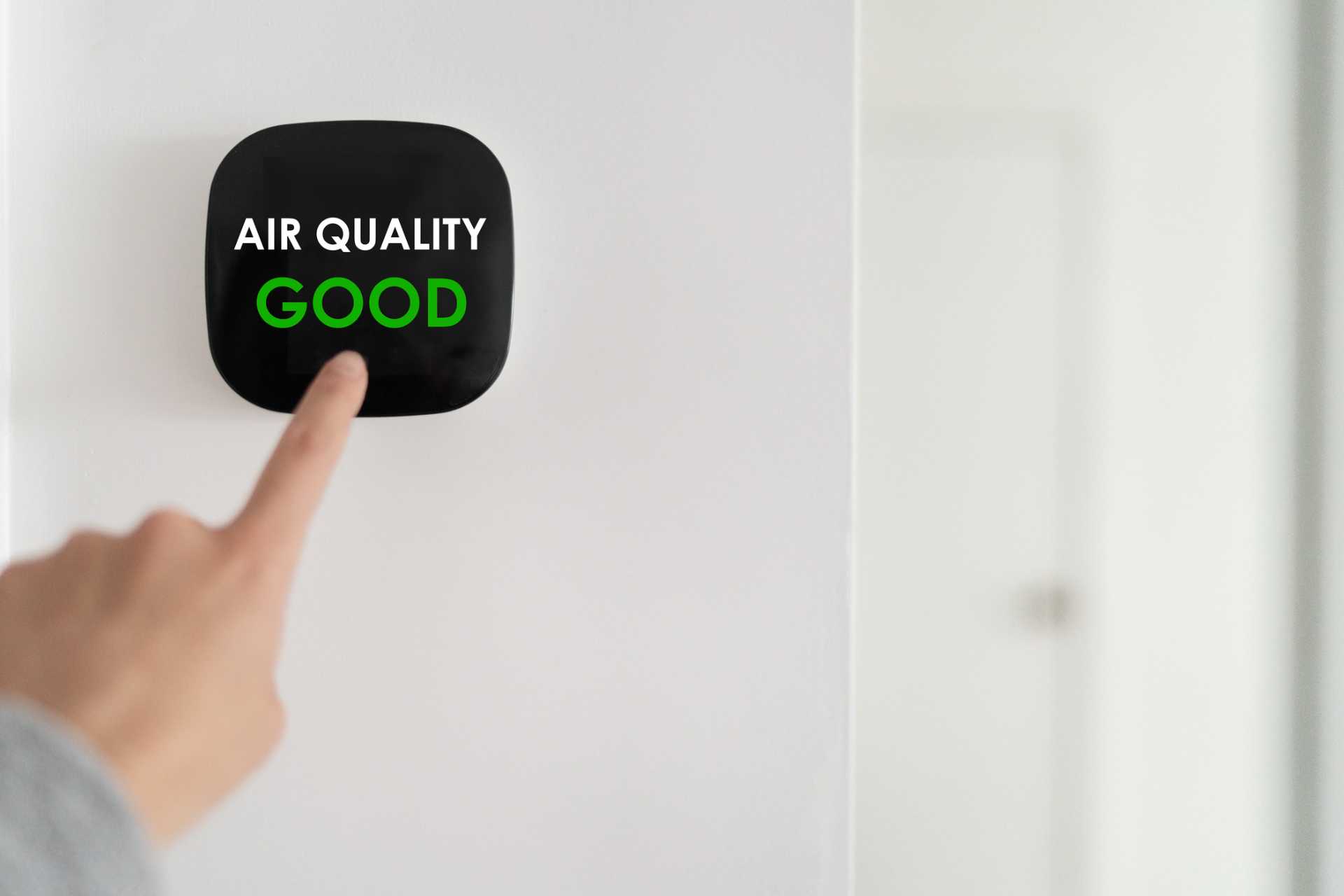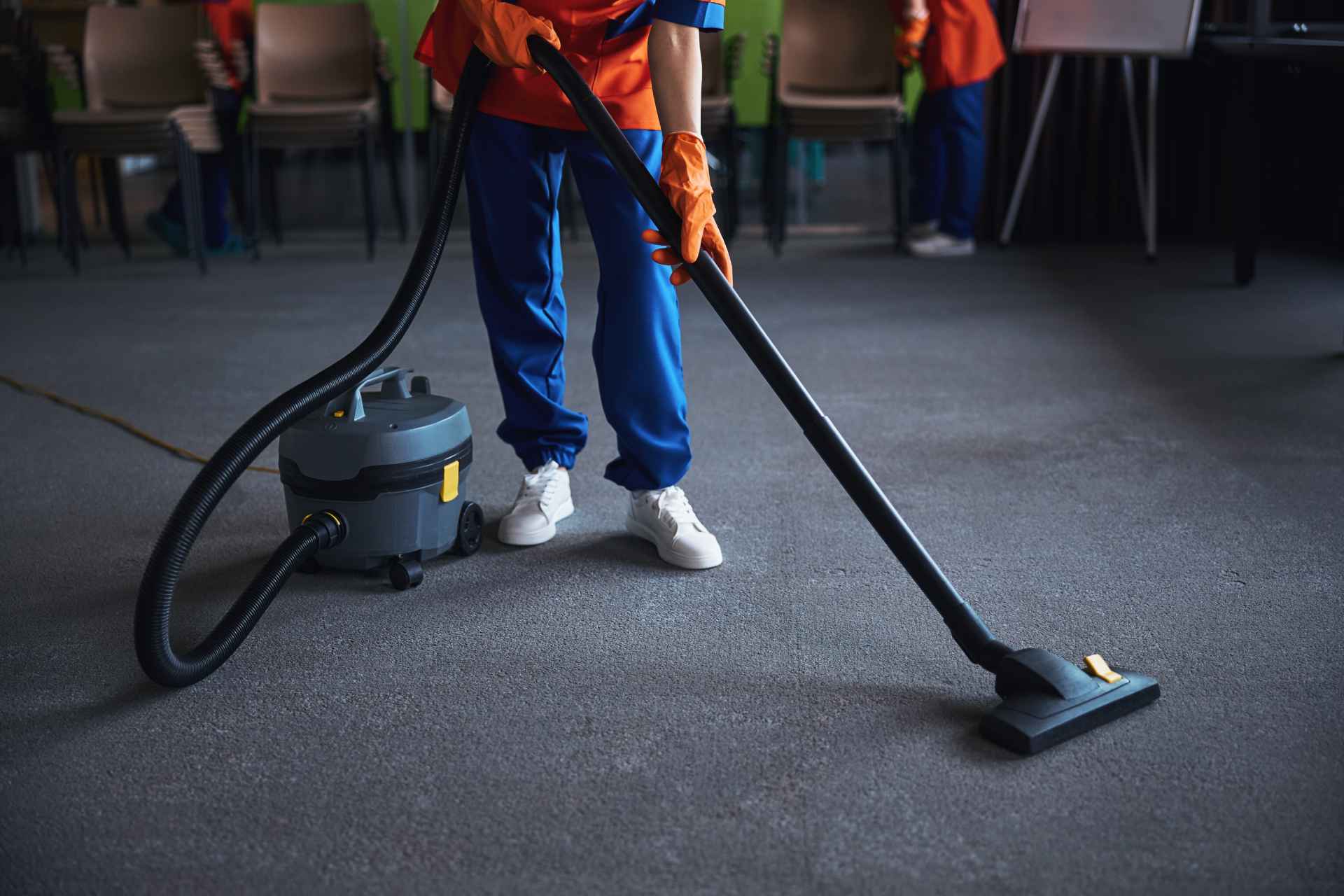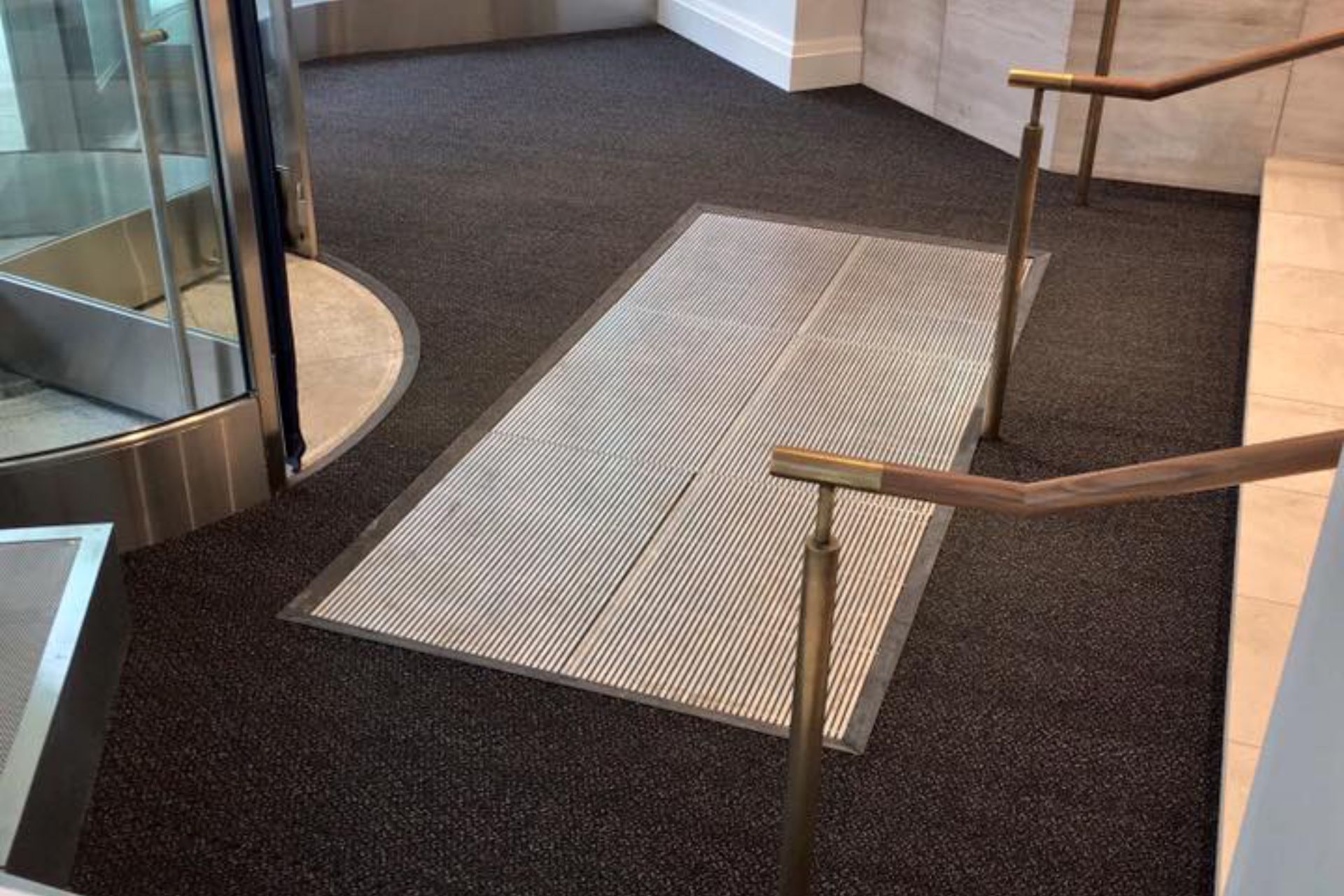Indoor air quality is an important factor in our health and well-being. Since many people spend a substantial amount of time indoors, it is critical that the air we breathe be clean and free of toxins. Poor indoor air quality can cause a variety of health difficulties, including allergies, respiratory problems, and other health issues. There are, fortunately, practical things you can do to enhance the air quality in your home or office such as cleaning surfaces with industrial cleaning supplies. Here are five practical measures you can take to enhance your indoor air quality and breathe easier and how industrial cleaning supplies can help keep your space clean and healthy.
1. Remove settled dirt from rugs and carpets
Improving indoor air quality is a key goal for many people, and keeping your floors clean is one of the simplest ways to do so. Carpets, rugs, and other types of flooring can trap dirt, dust, and other allergens that can cause respiratory issues, so cleaning is important. You can apply a range of approaches, including industrial cleaning supplies and equipment, to attain a cleaner home or workplace environment. Using a vacuum cleaner with a HEPA filter is one method to keep your floors clean. These filters may catch microscopic particles that other vacuum cleaners may miss, and they can remove up to 99.97% of airborne particles including dust, pet dander, and pollen. A HEPA filter may also collect microscopic germs and viruses, making it an efficient method of improving indoor air quality. Vacuuming your carpets and rugs using a HEPA filter-equipped vacuum cleaner on a regular basis will drastically reduce the number of allergens in the air, making it easier to breathe. To efficiently clean your floors, you could use industrial cleaning supplies in addition to a vacuum cleaner with a HEPA filter. These cleaning products have been particularly developed to remove grime, dust, and other contaminants from floors, leaving them gleaming. Industrial cleaning materials are available to fit your needs whether you have tile, hardwood, or laminate flooring.
2. Keep your home or office free of dust
Dust is more than just a bother that accumulates on surfaces in your home or office, it is also a common allergen that can cause respiratory issues. Dust can cause symptoms such as sneezing, coughing, and trouble breathing in persons who have allergies or asthma. To keep dust out of your home or business, take proactive efforts to limit its impact. Dusting surfaces with a moist cloth on a daily basis is a simple approach to decreasing dust in your indoor areas. This is a very efficient way of eliminating dust particles from surfaces and keeping them from getting airborne. When dust is disturbed, it becomes airborne and circulates throughout your interior environment, increasing exposure. On the other hand, dusting surfaces with a moist cloth can help retain dust particles and keep them from moving in the air. An air purifier is another efficient approach to eliminating dust in the indoor environment. Air purifiers are intended to remove airborne particles from the air, such as dust and other allergens. They function by sucking air into the device and sifting it through a series of filters that collect particles.
3. Maintain your HVAC system
Your HVAC system is a critical component of your interior environment. It is in charge of regulating temperature and humidity, as well as playing an important part in preserving indoor air quality. A well-maintained HVAC system can keep the air in your home or workplace free of hazardous pollutants and allergens, making it safer and more comfortable for everyone. It is essential to maintain your HVAC system on a regular basis to make sure that it is running properly and effectively to eliminate substances from the air. The first step is to change your air filters on a regular basis. Air filters capture airborne particles like dust, pollen, and pet dander and keep them from circulating in the air. Air filters can become clogged with these particles over time, making them less efficient. You can make sure that your air filters are operating properly by replacing them on a regular basis.
In addition to changing air filters, it is important to get your ductwork cleaned on a routine basis. The network of tubes that transports warm or cooled air throughout your home or place of work is known as ductwork. Dust, grime, and other contaminants can build up in your ductwork over time, lowering the performance of your HVAC system and contributing to indoor air pollution. Cleaning your ductwork on an ongoing schedule helps eliminate these impurities, ensuring that your HVAC system is operating at peak efficiency.
4. Improve overall ventilation
Proper ventilation is crucial for ensuring good indoor air quality, particularly in rooms that are well-sealed or have few windows. Stale and polluted air can cause a variety of health concerns such as headaches, allergies, and breathing problems. For that reason, it is critical to ensure that your indoor areas have enough ventilation. When the weather allows, open windows and doors to enhance ventilation in your home or business. This allows fresh air to circulate while pushing away stagnant air. This approach, however, may not always be feasible, particularly in places with high levels of outside pollution or harsh temperatures. Another method is to circulate air with fans. Ceiling fans, box fans, and standing fans can all help to circulate air and improve indoor air quality. Fans may also aid in the distribution of cold air from air conditioning units, which decreases energy use. If your home or workplace has few windows or is well-sealed, you might think about adding a ventilation system. As mentioned, ventilation systems are intended to circulate air and eliminate contaminants around your room. Heat recovery ventilation, mechanical ventilation, and natural ventilation are all examples of ventilation systems. A professional can assist you in selecting the best option for your area and ensuring that it is properly installed.
5. Keep the indoor humidity in check
When the air in your house is excessively moist, mold, dust mites, and other allergens grow, which can contribute to respiratory issues, allergic responses, and other health concerns. Fortunately, there are many simple things you can do to reduce humidity and enhance the air quality in your home or office. A dehumidifier is one of the most efficient ways to reduce humidity. A dehumidifier is a device that eliminates excess moisture from the air, which stops mold and other allergies from growing. Dehumidifiers come in a range of sizes, from small portable devices to huge, whole-home systems. When selecting a dehumidifier, make sure it is adequate for the size of your area and the quantity of humidity you are dealing with. In Addition to using a dehumidifier, you can do other measures to lower humidity levels. Using exhaust fans in your kitchen and bathroom, for example, can assist to remove extra moisture from the air, especially while cooking or showering. You can also fix any faulty pipes or faucets, which can lead to high humidity and moisture buildup.
Improving indoor air quality does not have to be difficult. You can significantly enhance the air quality in your space by adopting easy steps such as boosting ventilation, utilizing air purifiers, and cleaning using industrial cleaning supplies. Whether you have allergies, respiratory issues, or simply want to enhance your general health and well-being, the recommendations above can help you breathe better and enjoy a healthier indoor atmosphere.






